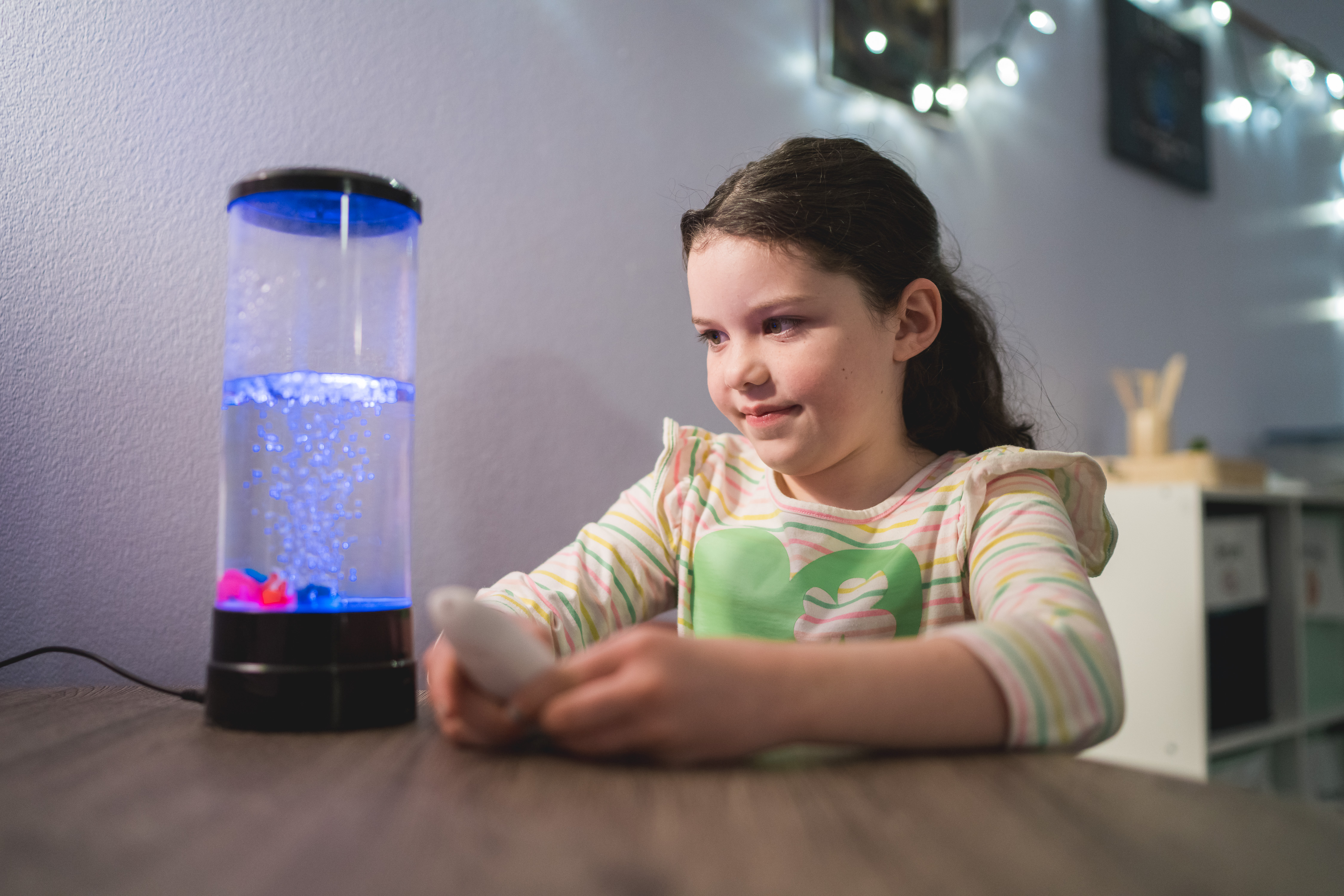Young people have increasingly been experiencing high rates of clinical-level anxiety, even prior to the pandemic. Studies indicate that 11.6% of kids had anxiety in 2012, which was a more than two-fold increase from 2007; during the pandemic, those numbers nearly doubled as 20.5% of youth worldwide now struggle with anxiety symptoms.
The rise in anxiety symptoms and diagnosed anxiety disorders is not surprising as the world around children and adolescents may appear increasingly chaotic. Aside from the pressures of school, sports, peers, and interpersonal and physical identity growth, young people are increasingly faced with more stressors.
May is Mental Health Awareness Month. This article is from Sarah Mowder-Wilkins, PSD mental health coordinator, and Liz Davis, PSD student services director.
Anxiety
Anxiety, a feeling of worry or unease, is a normal feeling that everyone of all ages experiences at one time or another. Anxiety can serve us by giving us a warning sign that something isn’t right, or motivate us to get that task done that we’ve procrastinated. There are times when we are anxious because we are excited; those butterflies come from a place of joy. There are also times when we are anxious because we are preparing for conflict or a challenge, so our adrenaline boosts us on high alert.
However, there is a difference between when your child or teen experiences feelings of worry, fear, or stress which are temporary versus chronic. Anxiety can generally be diagnosed as a disorder when it affects a person’s ability to function and/or is disproportion to the situation.
What to Look For
There is no thermometer, blood test, or swab to tell us we have an anxiety disorder, so it can be tricky to judge if your or someone else’s experience is problematic. As the caregiver looking from the outside, it can be even more difficult to spot signs of anxiety when your child or teen could be masking some of them.
Typical anxiety signs in a child:
- Difficulty concentrating
- Problems with sleep or nightmares
- Having tantrums or anger issues
- Being tense or fidgety
- Frequent periods of crying
- Complaining often about not feeling well
- School avoidance/refusal
- Panic attack/fainting
Typical anxiety signs in a teen:
- Constant fears or worries about routine aspects of their lives
- Constantly seeking reassurance
- Withdrawal from friends or social activities
- Irritability or lashing out at others
- Difficulties in school or sudden poor performance
- Refusal to go to school
- Sleep problems
- Substance abuse
- Panic attack/fainting
- Problems concentrating
Coping Tools
There are many effective tools to help your child cope with anxiety. The techniques listed below have been backed by licensed health clinicians, but if you are not comfortable implementing them or need more support, reach out to your child’s physician or encourage your child to explain what they have been experiencing. The physician can connect you with or recommend additional resources, therapists, or licensed mental health clinicians.
- Practice deep breathing: Deep breathing is one of the most effective ways to instantly relieve stress and anxiety. Try out the belly breathing technique.
- Try sensory calming techniques: This is especially helpful during the onset of an anxiety or panic attack. During a time of intense stress, have your child use their senses and name three things they see, three things they hear, and move three body parts. Another tool is to have them place an ice pack or cold object on their chest or in their hands.
- Connect them with a trusted adult: Reach out to trusted adults in the community who can help you and your child navigate the situation. Consider contacting your school or district’s counseling team.
Dos and Don'ts When Kids Show Anxiety
Do identify what upsets them.
Work with your child to recognize tasks, things or situations that cause them to feel anxiety.
Don’t tell them to “calm down” or stop the anxiety.
They likely won’t be able to and saying this only invalidates their experience.
Do help them manage their anxiety.
Work with them to identify whether the anxiety they feel in a given moment is helpful anxiety or unhelpful anxiety. For kids with anxiety disorders, think of anxiety as an overactive fire alarm that goes off even when there isn’t a fire. Anxiety won’t simply go away overnight, but it can be managed by determining the right anxiety to listen to when there is a true threat and which is just a false alarm.
Don’t avoid things with them because of their anxiety.
Though you may think helping your child steer clear of their fears is helpful, it isn’t in the long run. In the short term, avoidance provides some temporary relief, but over time all it does is reinforce the fear and send the message that it isn’t something your child can manage themselves.
Do validate their feelings.
You may not understand or agree with your child’s anxieties, but that doesn’t make their feelings any less real. Listen to them and affirm that their experiences are important and valued
Don’t empower their worries or fears.
Validate your child’s feelings, but don’t validate them so much that you encourage anxiety. For example, if your child is scared of going to the dentist, you encourage them and inspire confidence in them to go even though it may be scary.
Resources
Mental health and belonging is one of PSD's priorities. We believe in supporting students’ wellbeing and feelings of connection so they can experience academic success. Regardless of where your child attends school, for additional resources, visit PSD's Student Support Services and Mental Health Services web pages.


